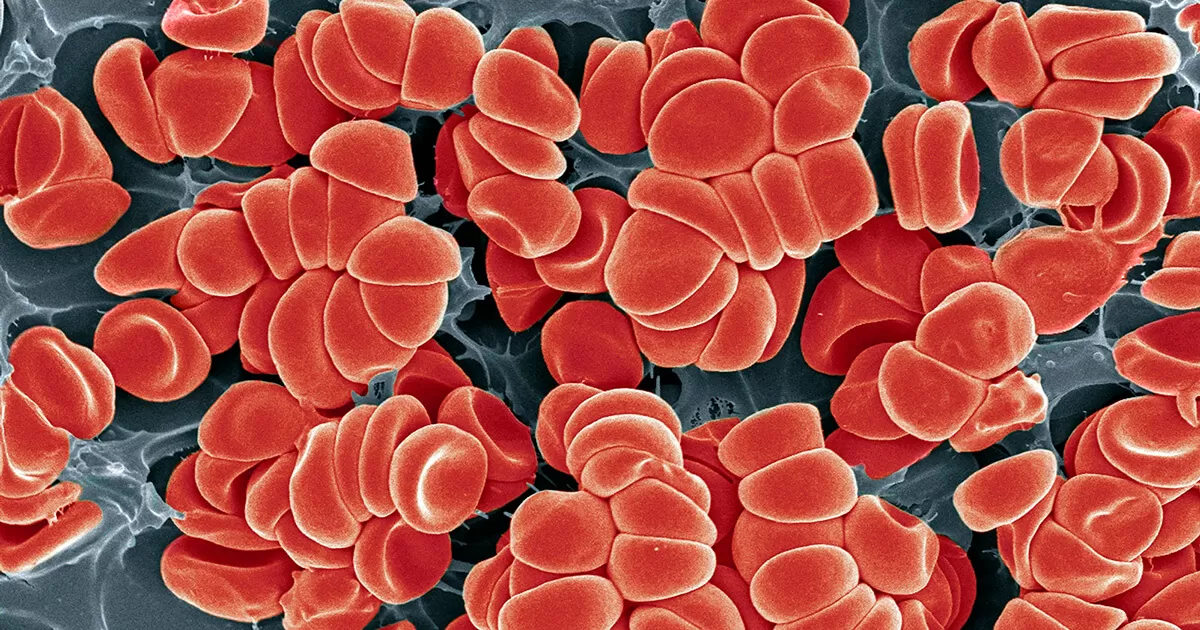Q: What is hemophilia?
A: Hemophilia is a blood disorder that primarily affects males. People who have hemophilia tend to bleed for longer periods of time following an injury or surgery. This happens because they have little, or even none, of a protein called clotting factor. Clotting factors help your blood form clots, which play an important role in stopping bleeding.
There are many of these clotting factors in the body that are needed for the blood to clot properly. People with hemophilia A lack (or have very little of) a clotting called factor VIII, while people with hemophilia B (also known as Christmas disease) are lacking a clotting factor called factor IX.
Q: How common is hemophilia?
A: Of the two main types of hemophilia, hemophilia A is the most common. About 1 in 4,000 to 1 in 5,000 males worldwide are born with hemophilia A. About 1 in 30,000 males worldwide are born with hemophilia B.
Q: Could I have hemophilia? Or could my children?
A: Hemophilia A and B are usually inherited. These conditions are caused by a genetic mutation of the gene that is used when the body produces clotting factor VIII or IX. The genes for these clotting factors are carried on the X chromosome. Because women have two X chromosomes, they are considered carriers of hemophilia if only one of their chromosomes carries the genetic mutation. That means one of their X chromosomes has the genetic mutation and the other does not. Rarely do women who are carriers have any symptoms of hemophilia. And very rarely do women actually have hemophilia, which only happens when they have the hemophilia genetic mutation on both of their X chromosomes.
The son of a woman who is a carrier of the hemophilia gene mutation has one X chromosome with a hemophilia genetic mutation will have a 50% chance of having hemophilia. The daughter of a woman who is a carrier of the hemophilia gene mutation will have a 50% chance of carrying the gene mutation. Still, about one-third of children who are diagnosed with hemophilia have no family history of the disease. Their disease is the result of a spontaneous mutation.
Q: How is hemophilia diagnosed?
A: Newborn males with a family history of hemophilia are usually screened for the disease before they leave the hospital. When there is no known family history, many children are diagnosed when they begin to experience symptoms of the disease. For example, if an infant bleeds for a prolonged period of time after a circumcision, tests may be done to find out if hemophilia is the cause. Sometimes children who bruise often and very easily, are tested for hemophilia to see if that is the cause.
Q: What are the long-term health complications associated with hemophilia?
A: A common symptom of hemophilia is bleeding inside the joints. This can be very painful and affect joints in the knees, ankles, hips, and elbows. Even after the bleed stops, it causes scarring in the joints, which can lead to joint damage.
Q: What is the prognosis for someone diagnosed with hemophilia?
A: People with hemophilia can lead fairly normal lives, as long as certain precautions are taken. For example, they should avoid certain activities with an increased risk of injury, such as football and boxing. Instead, sports like swimming, golf, and tennis are preferred. There are also medications that can temporarily help replace the missing clotting factor in the person’s blood. People with hemophilia should talk to their doctor before participating in sports or any other physical activity. They can also discuss all of the available treatment options for preventing and treating bleeds and managing their health.
Dr. Bartholomew J. Tortella is a Medical Director on the Hemophilia team at Pfizer.






